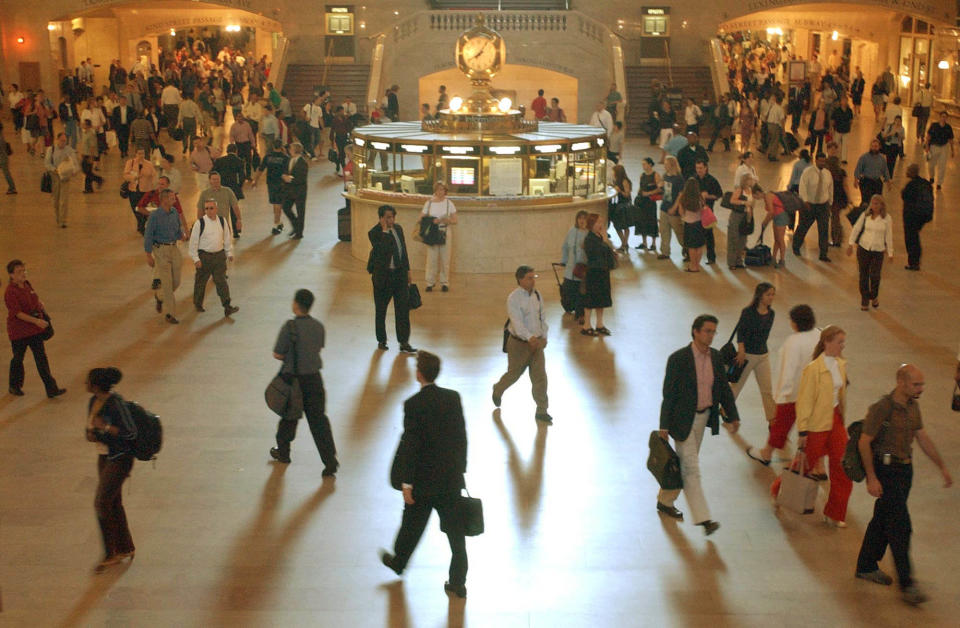Here's the good news in an otherwise ugly U.S. jobs report
Investors were unnerved by the paltry number of jobs the U.S. economy created last month, which reverberated across markets and sparked new fears about the global economy.
The slim 20,000 gain in Feburary payrolls reported by the government on Friday was well below market consensus expectations for a 180,000 gain, and the news sent the Dow Jones Industrial Average (DJI) more than 200 points lower at the open.
White House economic advisor Larry Kudlow largely dismissed the payrolls letdown on Friday, telling CNBC in an interview that the data were “very fluky. I wouldn't pay any attention to it to be honest with you," he told the network.
However, there were a few bright spots in an otherwise disappointing report, which analysts said was at least partly affected by seasonal factors.

“The slowing [in job creation] may reflect some moderation in the trend, but much of it was likely due to payback for exaggerated strength, due in part to weather effects,” said Jim Sullivan, chief U.S. economist at High Frequency Economics.
He pointed out the three month trend of 186,000 jobs, while slightly below trend, is “still healthy.”
Wage growth is strong, but inflation is cool
In addition to the unemployment rate falling below 4.0%, American workers appear to be taking home fatter paychecks. Average hourly earnings rose by 11 cents during the month, even as the number of hours employees worked was virtually unchanged (34.4 hours compared to January’s 34.5).
According to Capital Economics, a labor market that’s still remarkably tight helped feed the boost in wages, with that metric rising to 3.4% on an annual basis, up from 3.1% in the prior month.
“With productivity growth also picking up in recent quarters, however, that won’t be enough to generate a pick-up in inflation,” Capital Economics Michael Pearce wrote in a note on Friday. “That frees up the Fed to focus on the incoming data on economic activity, which increasingly reinforce officials’ patient stance.”
Meanwhile, both December and January payrolls were revised up by an additional 5,000 and 7,000 jobs, respectively. In addition, the household measure of employment soared by 255,000, which included federal employees affected by the government shutdown returning to work.
Digging a bit deeper, the payrolls data showed that female workers are faring quite well in the current job market. The women’s unemployment rate dipped to 3.4% from 3.6% — below the national average — and above the male unemployment rate of 3.5%.
Separately, unemployment among latinos dropped to 4.3%, while Asians were collectively the most gainfully employed group of all with a 3.1% jobless rate.
In addition, the number of people working part-time for economic reasons tumbled by more than 800,000 from January — suggesting that workers were more successful in finding full-time work.
The construction sector was February’s loss leader, shedding 32,000 jobs during the month. Yet that was almost offset by a 22,000 jump in health care and social assistance positions.
And if the economy is weakening, it could mean lower interest rates. Friday’s data fed expectations that the Federal Reserve would stay its hand on another rate hike this year.
In fact, some economists say the deceleration in jobs growth may prompt the Fed to start a new easing campaign, especially with both China and Europe in the throes of a slowdown.
—
Javier David is an editor for Yahoo Finance. Read more:
Follow Javier on Twitter: @TeflonGeek
